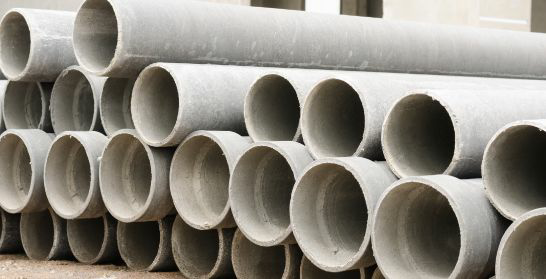Precast concrete construction have been getting popular and being widely applied in construction sector today. The fast paced urbanisation in India has led to a huge demand for housing and to the growth of the real estate sector in the country. The rapid growth of the industry together with increasing demand for quality buildings necessitates the construction industry to continuously seek for improvement, leading to industrialization in this industry. High-rise buildings have special requirement with respect to structural system, execution demands, material movement and construction on high levels, wind and seismic load resisting system etc. Precast concrete technology plays very vital role in high-rise building construction.
The main advantages of precast technology are quality, speed of construction and value for money. To avoid labour shortage, time delays and with an aim to deliver quality products, developers and builders are now adopting the said technology. The use of it helps in upto to 64% of the time taken for similar projects using normal construction methods and technology. The best part about this is that it not only speeds up the construction work but also enhances the quality of final output. The production of concrete is a continuous precision work. A successful precast operation demands a proper understanding and management of concrete technology. Since concrete is the primary raw material for precast products and structures, it has an important influence on quality, production effectiveness and costs. The components of a concrete mix must always be chosen according to the qualities required of the fresh and/or hardened concrete.

Precast concrete is an alternative to cast in-situ concrete. While cast in-situ concrete is casted in it’s actual location, precast concrete is fabricated at a plant, under regulated conditions, undergoes routine top notch control inspections and then transported to the construction site and fixed securely. The largest part of precast production is carried out in the works of specialist suppliers although in some instances, due to economic and geographical factors, scale of product or difficulty of access the elements are cast on or adjacent to the construction site. Wherever the production is carried out, the basic skills of management, supervision and the operatives employed are essentially similar. It is utilized in a range of projects ranging from home landscaping all the way to enormous building and bridge construction. In addition to quality and accuracy, the advantages of precast concrete products also include the considerable decrease in personnel expenditure.
The versatility of it is one of the reasons precast concrete structures are so diverse — ranging from pipes, benches, road barriers, bridges to stadiums, retail shops and housing and office buildings . It’s clear that any number of building types can benefit from the advantages of precast concrete products. It’s usage in pipes, access holes and other styles make the construction of utility, highway and bridge work faster and more economical. If your area is susceptible to earthquakes, precast concrete storm cellars are a simple as well as fairly economical way to provide a safe shelter near your property. It has been in use for many years in the construction of tanks and containers required for waste and water treatment and other industries. With improved design, joint detailing and with the benefits of reduced time on site and cost, use of precast concrete in treated water reservoir construction has become widely accepted.

Well written
Thank You!